Ajanta Paintings: Their Composition, Technique Deterioration and Preservation
Synopsis
The Ajanta caves are situated fifty five miles northeast of Aurangabad. Twenty four monasteries and five temples have been hewn out of the solid rock, many of them supported by lofty pillars, richly ornamented with sculptures, and highly finished engravings..... Ajanta caves are the most splendid caves of all the cave temples of western India, and its paintings are richly coloured, and according to Dr. Burgess, have been even considered superior to the style of Europe, in the age when they were probably executed. The human figure is represented in every possible variety of position, displaying some slight knowledge of anatomy. The hands are generally well and gracefully drawn, and rude efforts at perspective are to be met with. Besides paintings of Buddha, and his disciples and devotees, there are representations of streets, processions, battles, interior of houses, with the inmates pursuing their daily occupations; domestic scenes of love and marriage and death, group of women performing religious austerities; there are also presentations of hunts, men on horse back spearing the wild buffalo, animals, from the huge elephant to the quail, and ships fish etc. There are domestic utensils, weapons of war, etc. The paintings have done in the most brilliant colours; the light and shade are very good; and there is little doubt but that they must have been executed on a thick layer of stucco. In many cases the colour has penetrated to a considerable depth. Thus these caves and their paintings and sculptures furnish a very vivid insight into Buddhist life and art for nearly 800 years. Dr. B.B. Lal who was actively interested in the great job of preservation and conservation of Ajanta paintings, who showed the path to the common man for the heritage to preserve. The Compilation work is carried by Dr. B.B. Lal & his team during his tenure as Chief Archaeological chemist in the Archaeological Survey of India.
Read more
84.60
76.14
$
94.00 $
Free delivery Wolrdwidе in 10-18 days
Ships in 1-2 days from New Delhi
Membership for 1 Year $35.00
Get it now and save 10%
Get it now and save 10%
BECOME A MEMBER

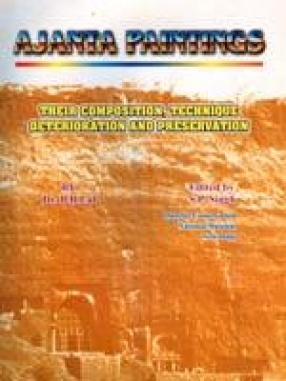
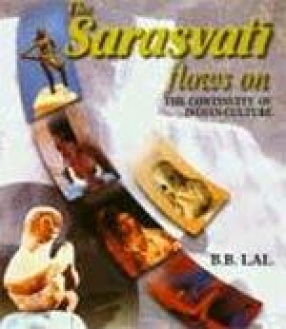
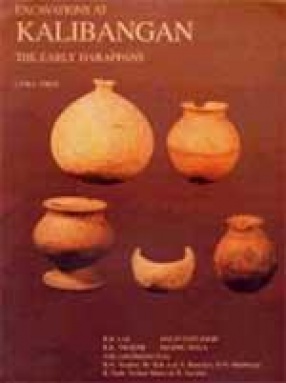
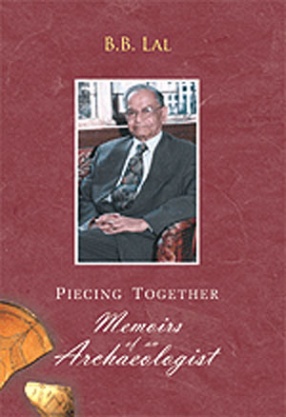
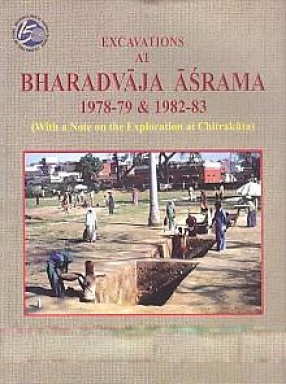
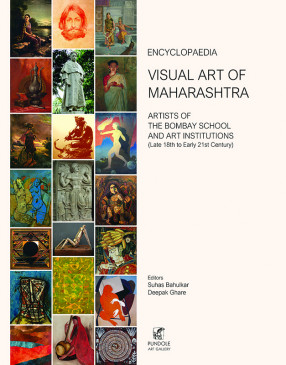
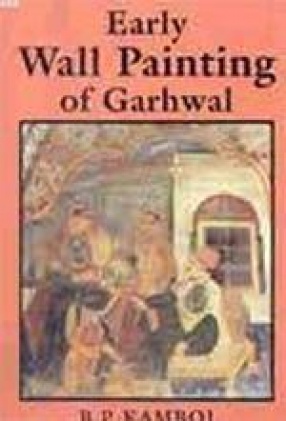
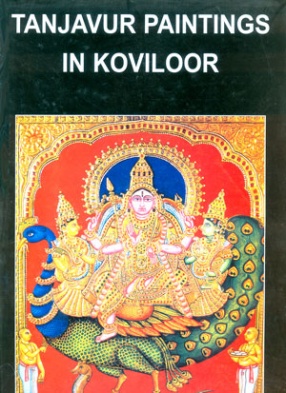
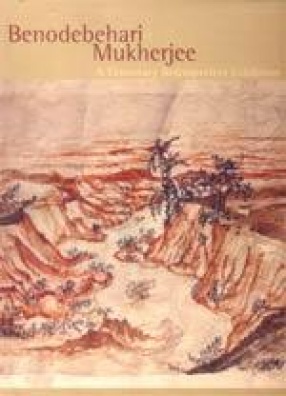

Bibliographic information
S.P. Singh